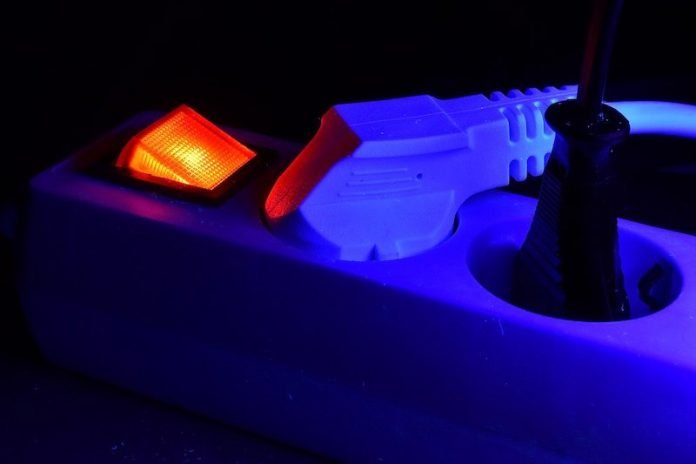
In a new study, researchers found that using Ultraviolet C light with a wavelength of 222 nanometers which is safer to use around humans could effectively kill SARS-CoV-2.
This is the first research in the world to prove its efficacy against the virus that causes COVID-19.
The research was conducted by a team at Hiroshima University in Japan.
Previous studies involving 222 nm UVC, also known as Far-UVC, have so far only looked at its potency in eradicating seasonal coronaviruses that are structurally similar to the SARS-CoV-2 but not on the COVID-19-causing virus itself.
In the study, the team found that 99.7% of the SARS-CoV-2 viral culture was killed after a 30-second exposure to 222 nm UVC irradiation at 0.1 mW/cm2.
Tests were conducted using Ushio’s Care222TM krypton-chloride excimer lamp.
A 100 microliter solution containing the virus (ca. 5 × 106 TCID50/mL) was spread onto a 9-centimeter sterile polystyrene plate.
The researchers allowed it to dry in a biosafety cabinet at room temperature before placing the Far-UVC lamp 24 centimeters above the surface of the plates.
A wavelength of 222 nm UVC cannot penetrate the outer, non-living layer of the human eye and skin so it won’t cause harm to the living cells beneath.
This makes it a safer but equally potent alternative to the more damaging 254 nm UVC germicidal lamps increasingly used in disinfecting healthcare facilities.
Since 254 nm UVC harms exposed human tissues, it can only be used to sanitize empty rooms.
But 222 nm UVC can be a promising disinfection system for occupied public spaces including hospitals where nosocomial infections are a possibility.
The researchers, however, suggest further work of the safety and effectiveness of 222 nm UVC irradiation in killing SARS-CoV-2 viruses in real-world surfaces as their study only investigated it in vitro efficacy.
One author of the study is Drs. Hiroki Kitagawa.
The study is published in the American Journal of Infection Control.
Copyright © 2020 Knowridge Science Report. All rights reserved.



